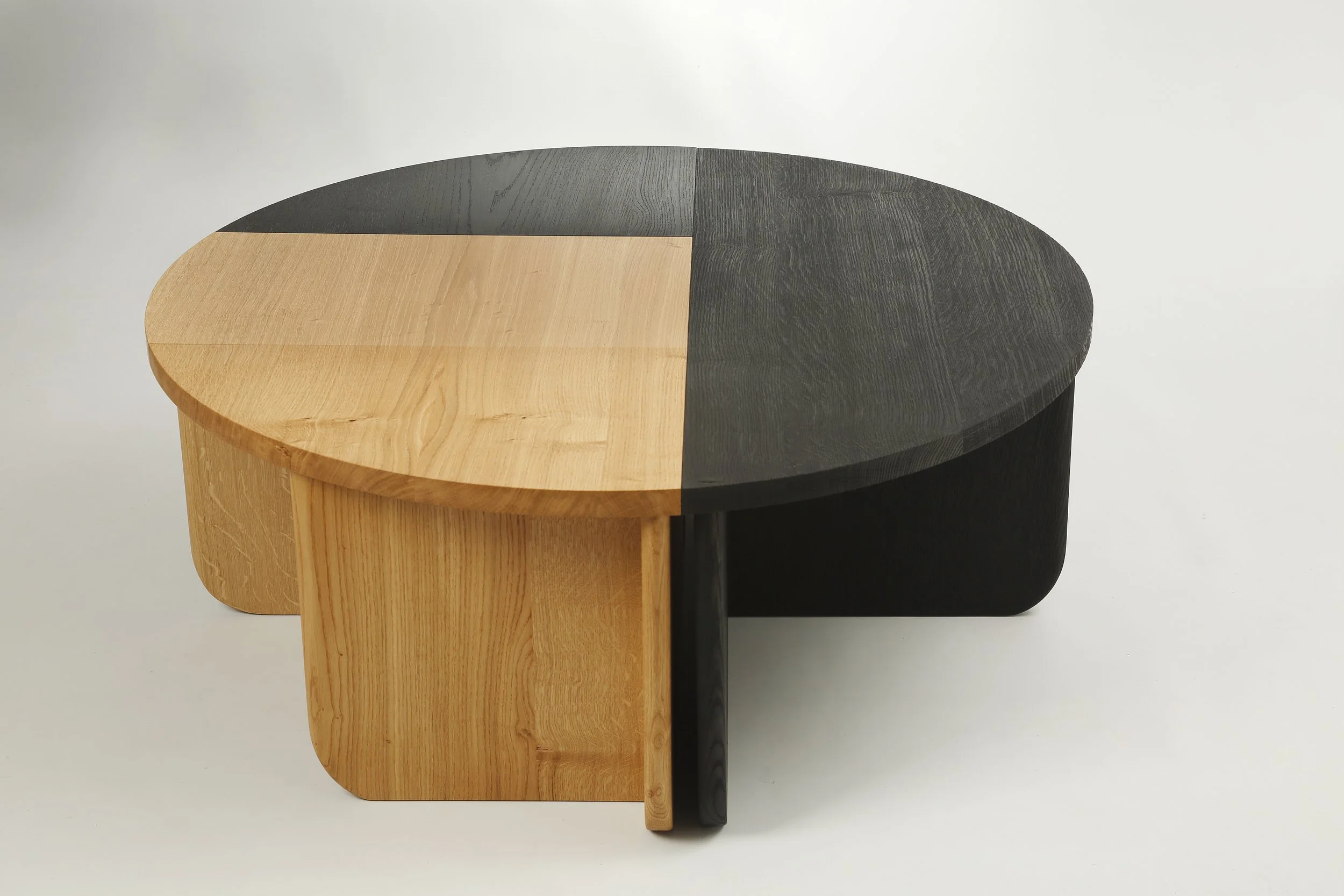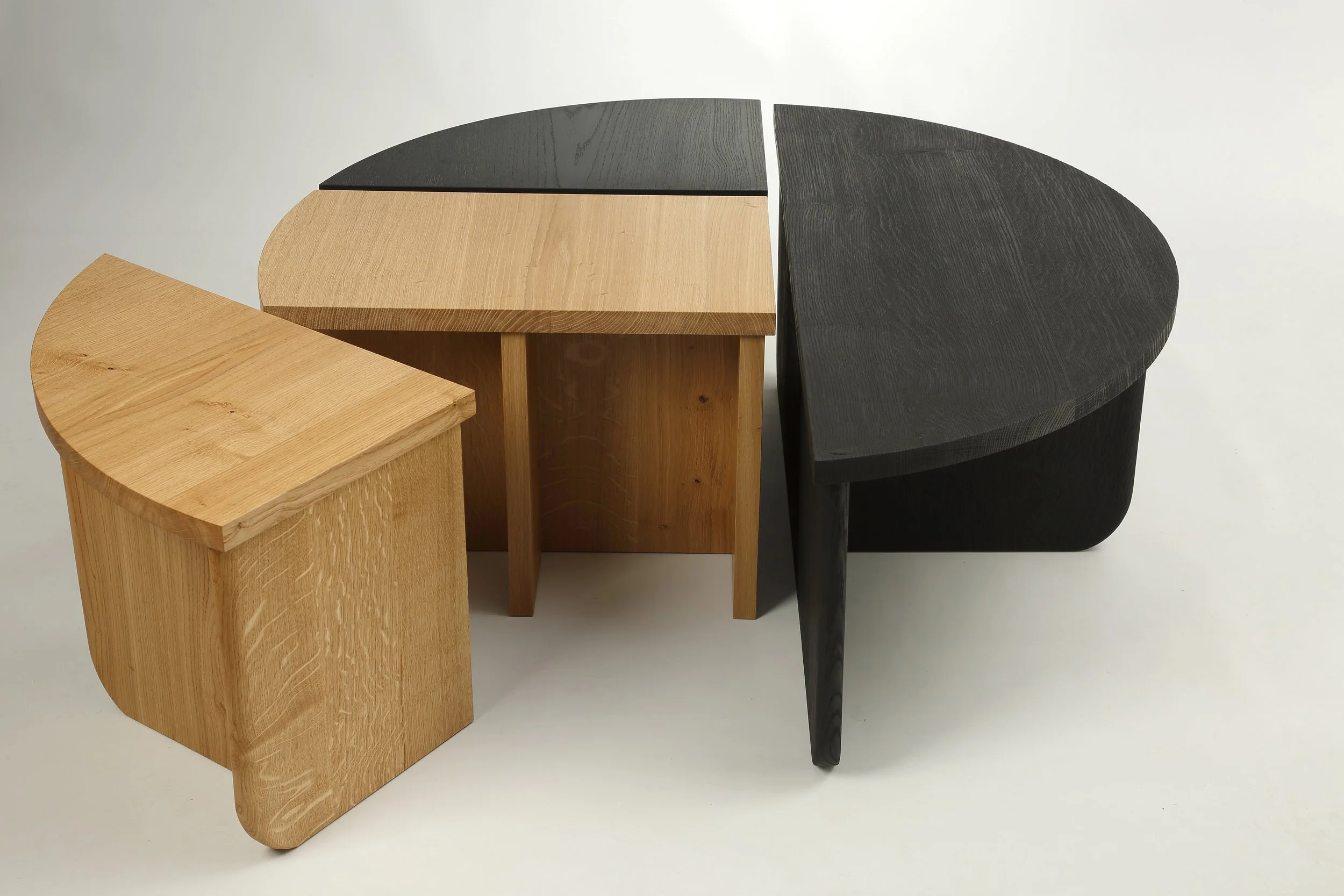Re-imagining the ancient tree alphabet
Trees have always held a special place in human culture and mythology. There are countless examples of trees occupying central roles in our stories of who we are and how we understand the world to be.
The more I read into folklore and myths, the more depictions of trees I come across, trees that have a starring role in the story. Trees like Yggdrasil, an ash tree in Norse mythology that holds together the nine spheres of existence. It is said to be the centre of the cosmos and represents the interconnectedness of all things.
Trees are often associated with closeness to the divine, interestingly this holds true across vastly different cosmologies. We’ve heard of the Bodhi, a fig tree, under which the Buddha found enlightenment. According to ancient Greek legend, the first tree that grew on the island of Delphi was an oak planted by Zeus himself.
In Islamic tradition, ‘the Lote Tree’ of the ‘Utmost Boundary’, also known as the Sidrat al-Muntaha, is a sacred tree that marks the boundary between the physical and spiritual realms, a threshold that angels cannot cross.
In the British Isles, trees were once seen as beings with personalities and spirits in their own right, as well as being inhabited by fairies and other supernatural creatures.
Wistman’s Wood, an ancient forest of dwarf oaks, said to have been planted by Druids.
Science helps us understand the incredible biology of trees as dynamic organisms that respond to and act on their environment. Of course, we love trees for their ecological importance, but that does not mean we have to let go of the magic, lore, and spiritual connections that have enriched us for generations.
As a maker whose interests span nature, culture, science, and philosophy and myth, I wanted to explore wood through its material qualities, as well as through the other lenses that we might have historically used to relate to trees.
One particular tree native to the British Isles stands out as being particularly iconic: the mighty Oak. This tree was seen as sacred by the Druids and it holds a strong symbolic value to this day. The term Druid itself is thought to have come from a Celtic word meaning “knower of the oak tree.”
We have a long history of venerating trees and plants in this country. The first written language of the British Isles, Ogham, is based on trees and plants. The letters are made up of lines and notches, and would have been carved into wood or stone. Many examples of Ogham stones still stand in Ireland and other parts of the British Isles where the Celts lived.
Some characters of the Ogham Alphabet
The first letter of the Ogham alphabet is "Beith" representing the Birch tree. Duir is the fourth letter and it represents the oak tree. This symbol and the story of the tree alphabet captured my imagination. The idea that the basis of our written communication, our vehicle for sharing the most important news, was once grounded in our intimate connection with trees.
With the Romans came the Latin alphabet (as well a change in politics and power dynamics) which meant Ogham was no longer used in the same way. However, in an age of increasing disconnection with our wider ecological landscape, Ogham represents a story of who we are that's worth remembering.
The Duir table draws inspiration from the Ogham character for oak. Consisting of four small pieces which when placed together form the Duir symbol. Each of the tables showcases the beauty of oak, albeit in different ways.
This versatile timber can be scorched and blackened by fire. Scorching makes the wood more rot resistant, less flammable and adds a colour and textural quality which makes it appear almost as if it is absorbing the surrounding light. It is ridged and tactile and looks as if it has been in existence for years.
Another of the tables uses the high tannin levels naturally present in oak, to bring out a different type of darkness. In the past, due to its high tannin content, oak bark was routinely used to tan leather. The reaction of oak with a simple solution of vinegar and iron (people often use nails, in this case I used wire wool) creates a beautiful natural reaction, that colours the wood a shade of blueish black.The finish is dark, but reflective with a navy sheen, quite different to the scorched black.
The remaining two tables show oak in its simple, natural beauty. One with a raw finish, very close to what the timber looks like with no seal on it, and the other with more traditional satin oil finish, that gives the wood a subtle warmth.
This table is as much an homage to Oak as it is to Ogham. I wanted to create an object to re-animate the story of the tree alphabet and give it a contemporary physical form.
In a sense I hope it's a symbolic reminder of a time where we were living in greater alignment with the other organisms with whom we share this land. The making of this piece was also a deeply personal journey in getting to know Oak as a material, and exploring it's many unique qualities through hand shaping each of the curves on the twelve table legs, and by a process of experimentation with natural colouring.



